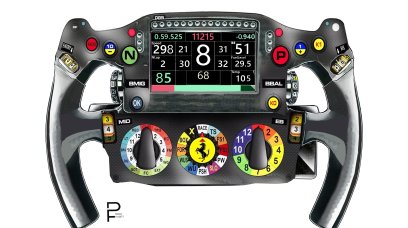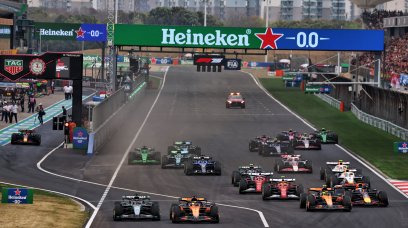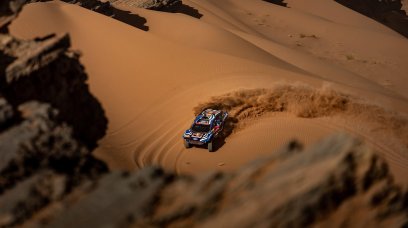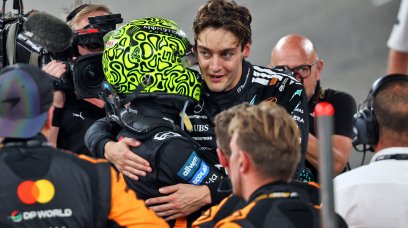If you ride onboard with any driver on the F1 TV app, you'll often hear engineers acting as 'spotters' as they tell them the gap to other cars on track. This is to ensure they can build up enough space before a lap so they do not encounter traffic, while also staying out of the way of drivers who are on a hot lap as the closing speeds can be quite fast. When FP1 in Melbourne was red flagged due to an issue with the GPS tracker, teams and drivers were effectively in the dark. What ensured was chaos as those on a hot lap encountered traffic, with Zhou Guanyu having to thread his way through a slow-moving Red Bull and Aston Martin at the penultimate corner. "Seemed like everyone was blindfolded once that GPS system went out," said Kevin Magnussen to media, including RacingNews365.com . "We know that we are relying on our engineers to tell us where the traffic is and I don't think everyone knew that the GPS system was out. "So when you don't hear anything, you expect that there's nothing coming. Whereas if we knew that we didn't have a GPS system, you'd be way more careful and just looking at your mirrors the whole time. But nobody was."
De Vries: Right call to red flag session
Around street circuits like Albert Park and Jeddah this piece of information is extra critical due to the blind high speed corners, according to Nico Hulkenberg. "Some drivers rely more on the engineers and calls compared to others. I think in a situation like today that's when it comes out and you see the difference. "Obviously also at a street circuit there's quite a few spots where it's blind or you see a car come around quite late, which doesn't help and makes it a bit sketchy in a place like here or Jeddah or street circuits." Nyck de Vries, who is in his first full-season in F1, believes it was the right call to bring out the red flag, due to the tricky situations it can create when drivers can no longer get that information. "I think it was quite wise for them to red flag it because the speeds are so high and everyone was so much out of sync," he explained. "Even in the mirrors it's quite blind, there are not a lot of long straights except up to Turn 1. And I guess the nature of the tyres, they just keep improving. That's why people abort [a lap], continue, then you're out of sync and on different run plans. "When the visibility is poor and you're relying always on the team and your engineer to inform you about the gaps, then suddenly they aren't able to inform you, then you can run into tricky situation as we've seen."
Most read







